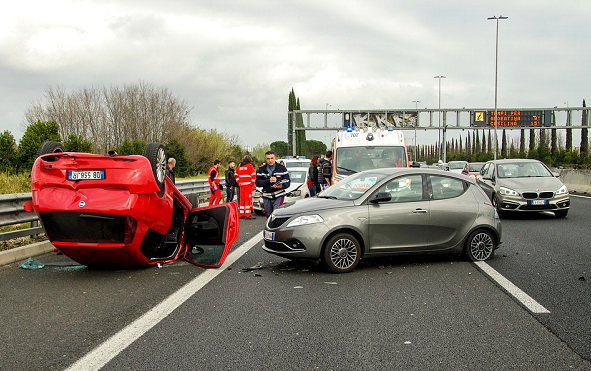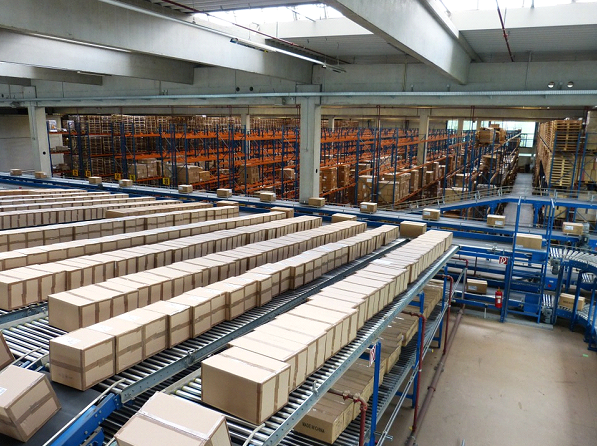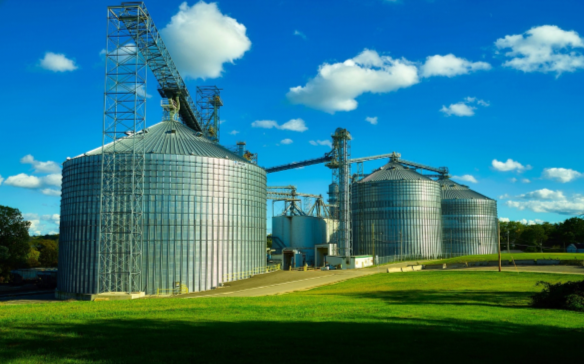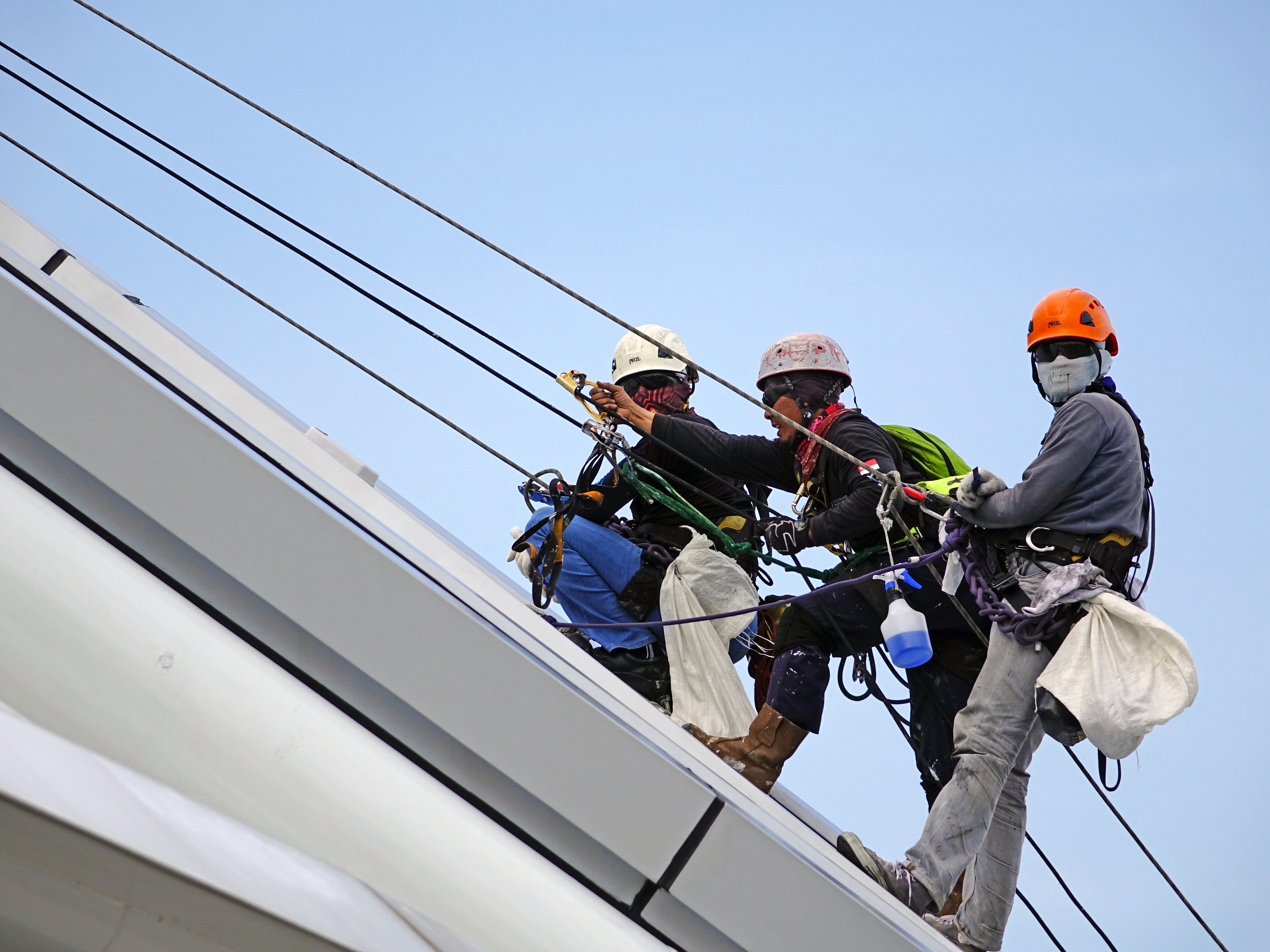Written by Peter Scully
Employers have a duty of care towards their employees and that duty extends not just to talking (i.e. providing employees with relevant information and training) but also to listening, i.e. providing a channel through which employees can communicate any concerns they have about health and safety in the workplace.
One of the options for doing this is by means of a workplace health and safety representative. The team at Watson & Watson Health and Safety Consultants discuss the importance of appointing a health and safety representative in the workplace.
Companies may choose to forgo workplace health-and-safety representatives if they wish
It’s important to note that, at current time, it is optional for companies to have specific workplace health-and-safety representatives. If employees are happy to talk directly to business leaders then it is perfectly acceptable for them to do so and in smaller organizations this may be the most practical way of managing health-and-safety issues.
In larger organizations, however, the idea of having a direct line between employees and management may sound appealing in theory but in practice it could well turn out to be a recipe for confusion, which is bad news in any situation and, in particular, where health and safety is concerned.
Electing a workplace health-and-safety representative
Another key point to note is that workplace health-and-safety representatives are elected by workers, either directly or via their Trade Union, rather than being appointed by managers.
There are many reasons for this, not least the need for the workforce to have trust in them. It is unusual for workplace health and safety representatives to be dedicated purely to health and safety duties, instead they are more likely to be workers who take on the role as an extra responsibility.
This can both promote trust and provide them with greater insight into how their colleagues feel about health-and safety issues. At the same time, however, if the role is to have meaning, then the representative has to be given sufficient time (and resources) to perform it effectively.
The responsibilities of a workplace health-and-safety representative
According to the letter of the law, health and safety representatives appointed via a Trade Union are automatically granted stronger powers than health-and-safety representatives appointed directly by the workforce.
Specifically, they can inspect the workplace and also conduct investigations into accidents, hazards, near misses and any other health and safety related issues. Employers can, if they wish, grant these powers
to health-and-safety representatives appointed directly by the workforce and it may benefit them to do so in order to inspire a greater degree of confidence in them on the part of their staff, otherwise, the role of a directly-appointed health-and-safety representative is essentially one of a communicator and a facilitator.
Directly-appointed health-and-safety representatives will be expected to attend all relevant training, so that they are well-informed on health-and-safety matters (and so that their knowledge is kept up to date) and will act as a central point of contact for employees to raise health-and-safety concerns which they wish to be passed on to senior management.
Likewise they may be tasked with updating their colleagues with relevant information such as action taken by management on the issues raised. They may also be required to liaise with the HSE and any other relevant authorities.





